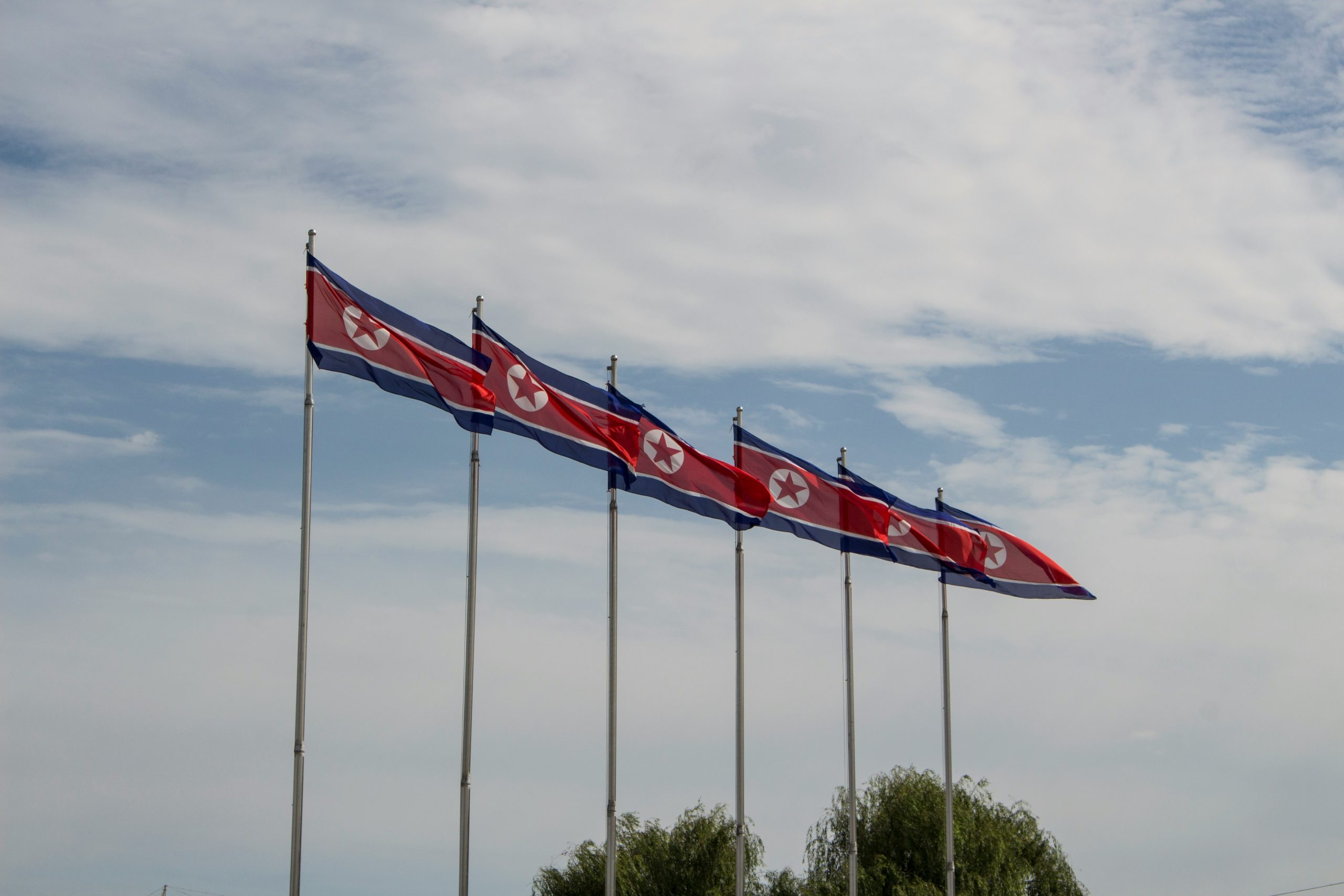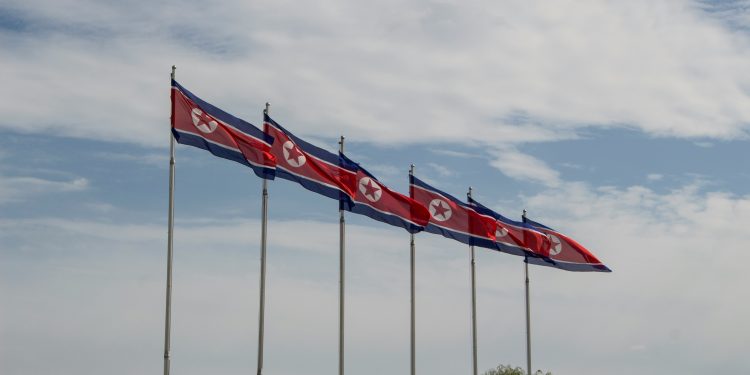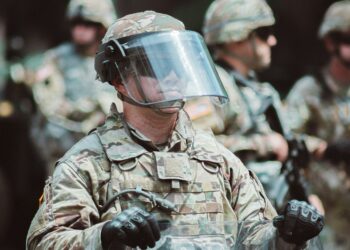Kim Yo Jong, the powerful sister of North Korean leader Kim Jong Un, has vehemently denied South Korea’s reports that Pyongyang dismantled propaganda loudspeakers along the Demilitarized Zone (DMZ). In a statement published by state media KCNA, Kim asserted that North Korea “never removed” the speakers and has “no will to improve relations” with the South —a stance she asserted would soon be codified in the North’s constitution.
The rebuke comes days after South Korea’s military reported observing the removal of some Northern border loudspeakers, following Seoul’s own decision to take down its broadcast systems.
The DMZ loudspeakers have long been instruments of psychological warfare between the two Koreas. South Korea’s broadcasts mixed anti-regime propaganda with K-pop music, while North Korea countered with jarring noises like howling animals—a sonic battle that often disturbed border residents’ sleep.

Pyongyang considers Seoul’s broadcasts an act of war, having previously threatened to destroy the speakers militarily. The systems were silent for six years under ousted President Yoon Suk Yeol’s hardline policy until their controversial restart in June 2024, triggered by North Korea’s “trash balloon” campaign that littered South Korean territory with waste-filled parcels.
The brief de-escalation under South Korea’s new President Lee Jae Myung—who suspended broadcasts as a peace gesture—has given way to renewed hostility. Seoul’s Defense Ministry framed the speaker removal as an effort to “restore trust” and promote “Korean Peninsula peace,” but Pyongyang’s latest statements suggest no reciprocity.
Analysts note the about-face reflects North Korea’s strategic pattern of creating crises to extract concessions, with the loudspeaker dispute coinciding with impending US-South Korea military exercises that Kim’s regime routinely condemns as rehearsal for invasion.
Tensions are escalating ahead of the annual Ulchi Freedom Shield exercises, with North Korea’s military warning of “resolute counteraction” to perceived provocations. The drills (which Pyongyang views as existential threats) risk triggering another cycle of retaliation that could include missile tests, artillery drills near the Northern Limit Line, or resumed balloon launches.
The heightened alert comes as satellite imagery shows unusual activity at North Korea’s nuclear test sites, raising concerns about potential weapons demonstrations timed to the military exercises.
Kim Yo Jong’s revelation that North Korea plans to constitutionally enshrine its hostile stance toward the South marks a significant policy crystallization. The move would formalize Pyongyang’s recent rejection of reunification and likely authorize continued weapons development as “self-defense” against what it calls “South Korean puppets.” This doctrinal shift complicates President Lee’s engagement strategy and suggests any future inter-Korean dialogue would require unilateral Southern concessions—a non-starter for Seoul’s current administration.
Why It Matters
While politicians exchange threats, civilians living near the DMZ endure the loudspeakers’ disruptive broadcasts, sometimes blasting through the night. South Korean farmers have reported livestock stressed by the noise, while Northern defectors describe the psychological toll of constant propaganda. The human cost of this audio warfare persists even during lulls in tension, with experts warning that the recent speaker reactivation could presage more severe hybrid warfare tactics along the world’s most heavily fortified border.

















